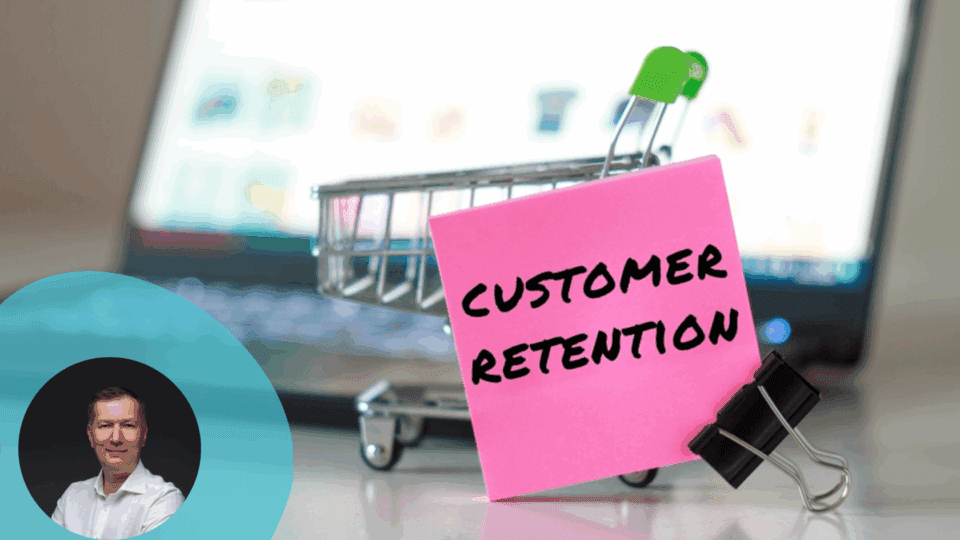In 2023, the DTC space made headlines when pet food subscription service Butternut Box secured a record-breaking $351.5 million in investment — the highest ever in the pet-tech sector. While home delivery for pet meals is still gaining a foothold, subscription-based grocery kits have already become the norm for many consumers.
Take HelloFresh for example: What began as a startup ingredient delivery service has evolved into a dominant force in the global meal kit industry, generating over €7.6 billion (approximately $8.8 billion) in annual revenue. As time-saving convenience becomes a top priority, fewer people are visiting brick-and-mortar stores — in fact, PYMNTS reports that 42% of retail subscription users shop in stores less often.
Today’s consumers demand immediacy, tailored shopping experiences and speedy delivery — prompting many to buy directly from brands. The DTC model caters to these expectations. In fact, 43% of Gen Z shoppers prefer buying from DTC brands. As this generation’s spending is rising at double the pace of older age groups, more manufacturers are expected to embrace direct-to-consumer strategies to tap into this fast-growing market and expand their customer base.
Retailers are now confronted with a twofold challenge: holding on to their customers while keeping pace with brands that have robust DTC operations. One potential solution lies in redefining how they engage and collaborate with their suppliers.
Getting Started with DTC
Although the DTC segment is growing rapidly, it doesn’t yet pose an immediate threat to traditional retail. Sales in brick-and-mortar and chain stores remain strong, and the global retail market is projected to hit $34.86 trillion by 2025. Still, DTC brands are redefining what customers expect from service across every channel.
Thanks to their direct consumer relationships, DTC brands gain sharp insights into customer behavior and motivation — allowing them to swiftly adapt both their products and messaging. Retailers can tap into similar advantages.
To do so, they need to rethink how suppliers can contribute to delivering more value to end customers, particularly in the following areas:
- Driving category growth: Manufacturers hold valuable market knowledge. With a deep understanding of their target customers and emerging trends, they can provide retailers with tools to effectively boost demand. When retailers treat suppliers as partners in growing a category, it becomes a win-win for both sides;
- Sharing sales data: Retailers and distributors don’t always share real-time sales data with suppliers — but doing so is crucial. For manufacturers, this data is a key indicator of demand that enables better production planning and quicker responses to market shifts, reducing the risk of stockouts when demand unexpectedly surges; and
- Collaborative promotion planning: Giving manufacturers insight into promotional plans allows them to prepare operationally and even suggest campaign ideas. This is especially valuable when promotions in one category trigger increased demand in related ones — for instance, a snack discount might drive higher interest in drinks or sauces, even without direct promotions on those products.
Selecting Suppliers that Add Value to the Customer Experience
Although most businesses prioritize building strong connections with end customers, it’s just as important to foster high-quality relationships with suppliers. To meet consumers’ expectations for service and quality, retailers must partner with suppliers that will be aligned with them for the long haul and willing to invest in sustainable, long-term growth.
Here are some key factors to look for in a value-adding supplier:
- Strong reputation: A brand’s presence in respected retail chains, active participation in industry events and investments in marketing or social causes are all signs of a trustworthy, stable partner with growth potential. Brands that go beyond product promotion and champion a lifestyle or set of values tend to create deeper emotional bonds with consumers and foster long-term loyalty;
- Proactive approach: The best suppliers don’t just deliver products — they offer tailored solutions. They understand your retail network’s goals and KPIs and can clearly show how their offering supports those objectives;
- Reliable production capacity: To meet surges in demand without sacrificing quality, suppliers must have scalable and stable production capabilities;
- Adaptability: In crowded categories, differentiation is key. A supplier that can offer exclusive SKUs or customize packaging for your chain makes their products harder to compare with competitors — helping protect your margins;
- Digital capabilities: Suppliers with advanced data analytics, SKU-level insights and CRM systems are better positioned to prevent stockouts and optimize assortment planning. If they spot a product underperforming, they can proactively recommend replacing it with a better-performing alternative or adjust shelf space allocation accordingly.
A reliable supplier goes beyond simply providing goods — they actively contribute to expanding your retail network and keeping customers engaged. Building a solid relationship with such a partner paves the way for strategic growth, enhanced personalization and delivering greater value to your customers.
Yuri Bykoriz is the Managing Director CEE at Kormotech — a global company with Ukrainian roots that produces high-quality cat and dog food under the brands Optimeal, Delickcious, Club 4 Paws and My Love, and is ranked among the world’s top 50 pet food manufacturers. He has 25 years of experience in the FMCG industry. Bykoriz started his career at Carlsberg Ukraine, rising from an intern to VP of Operations. He joined Kormotech in March 2024.




